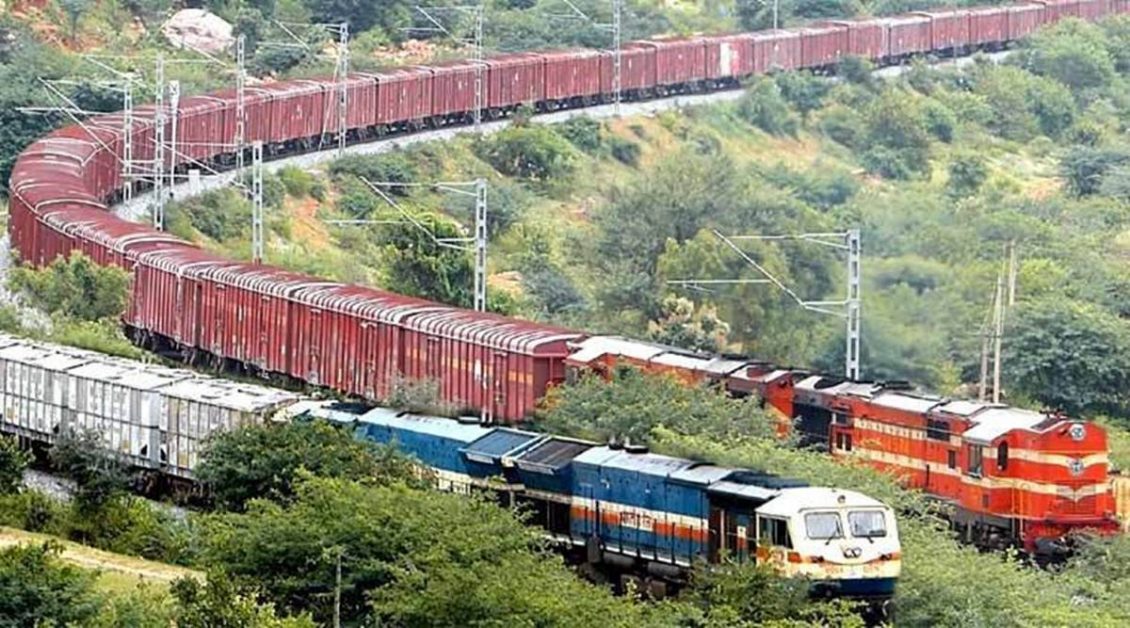The 351-km Khurja-Bhaupur (Kanpur) section of the Eastern Dedicated Freight Corridor is ready and necessary trials and testing have already been concluded.
Prime Minister Narendra Modi will virtually inaugurate the largest section of the Eastern Dedicated Freight Corridor at midday on December 29 to launch the operations of one of the largest rail infrastructure projects in India.
The 351-km Khurja-Bhaupur (Kanpur) section of the Eastern Dedicated Freight Corridor is ready and necessary trials and testing have already been concluded. Modi will dedicate to the nation the new rail freight corridor along with Uttar Pradesh Chief Minister Yogi Adityanath.
Along with the section, the PM will also unveil the state-of-the-art Operation Control Centre of the Eastern Dedicated Freight Corridor, based in Prayagraj. The centre, with galleries of multiple screens, will keep track of all train movement in real time on the freight corridor and enable seamless planning of operations.
The Khurja-Bhaupur section, after the inauguration, will see a substantial number of freight trains and container traffic diverted to the freight corridor, resulting in not just faster movement of goods but also decongestion of the existing railway line carrying traffic to North India.
As a run-up to the inauguration, work was expedited and trial runs were conducted earlier this month. The first coal-loaded train comprising 59 wagons with tonnage of 4893 tonnes ran for Nabha Power House in Punjab on December 10.
The 352-km section Modi will dedicate to the nation is built at a cost of Rs 5,750 crore, funded by the World Bank. The new stations in this section are Bhaupur, Kanchausi, Achalda, Ekdil, Bhadan, Makhanpur, Tundla, Hathras, Daudkan and Khurja. Some of the important industrial areas that straddle this section are Aligarh, Khurja, Firozabad and Agra.
Sixty-eight level crossings have been eliminated in this stretch, augmenting speed and safety, the Dedicate Freight Corridor Corporation says. The section has 19 major bridges, 414 minor bridges, seven railway flyovers. A Tata-Aldesa JV was responsible for civil construction, while Alstom has done the systems work.
Source: The Indian Express







